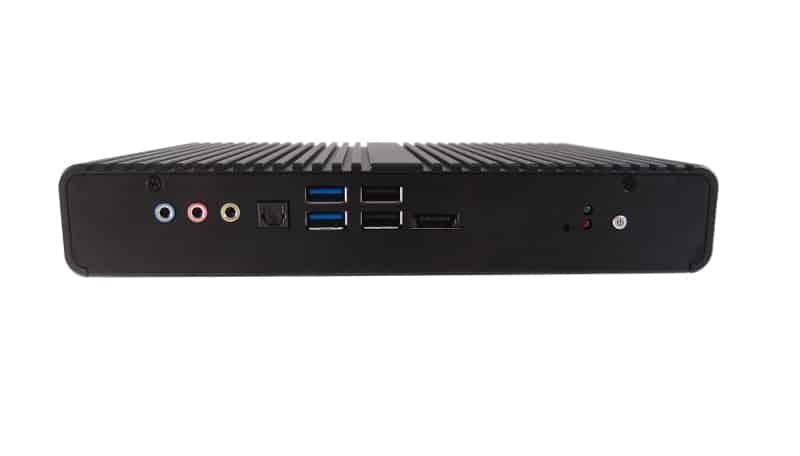
TAA Compliance in Embedded Computing
Posted on May 1, 2024
TAA compliance is a term that often crops up in discussions related to products intended to be sold to the US government or its agencies. But what exactly does it mean? Especially when considering embedded PCs?
The United States Trade Agreement Act (TAA)
The first thing to note is that the TAA is not a technical standard that all products in the market must adhere to. Something like the CE, for example, denotes that a product meets the regulatory requirements of the European Union. TAA, on the other hand, is a trade agreement, not a regulatory standard. It is not concerned with safety or quality benchmarks (there are other standards for that), but only with the product’s country of origin.
Simply put, TAA is an act that mandates that all products acquired by the Federal government or its related agencies be sourced from the United States or a TAA-designated country. It carries no other penalties, and you are not required to meet TAA compliance for doing business in the normal market or with private entities.
The only advantage of ensuring that your products are TAA compliant is that allows you to sell to the government, which of course is a major revenue source for many businesses.
The Tricky Nature of TAA Compliance for Computers
TAA compliance is simple enough when dealing with normal manufactured goods or even food items. But things get more complicated when electronics are considered.
Take an assembled industrial PC, for example. It is built by putting together multiple components that could have been sourced from different countries. In this case, which country will be considered its source?
Of course, if every component is sourced from a TAA-compliant nation, this does not matter as much, as the final product will still remain TAA-compliant. But when an electronic device is assembled from hardware and software sourced from non-TAA countries as well, it becomes a critical question.
Substantial Transformation
Further complicating matters is the clause of substantial transformation. What this means is that even when components for a product are sourced from non-TAA countries, they can be considered TAA-compliant if they undergo significant changes in a TAA country.
The problem is that what constitutes a “substantial transformation” is a very subjective question, and often ends up being decided on a case-by-case basis. Simply attaching a single component or downloading new software is not enough.
Who Certifies TAA-Compliance?
Contrary to what you might expect, there is no such thing as a TAA certification. As it is not a standard that needs to be adhered to, no organizations are involved in vetting products and certifying them as compliant. But how does TAA compliance even work then?
Essentially it is the job of the provider of the products to internally verify TAA compliance on their own. Technically this means that any company can claim TAA compliance, though false claims of this sort can lead to legal action later.
This is mainly enforced through the GSA schedule. The Goods and Services Administration (GSA) is the organization responsible for creating a list of verified products for Federal procurement.
Called the GSA schedule, this list contains TAA-compliant products, and you need to prove your sourcing and provide competitive rates to get on this list.
What Does This Mean for Embedded PCs?
Unless you are a vendor supplying orders for the government, you don’t need to worry about TAA. But if you do fall into that category, adhering to TAA becomes a must.
Now since Taiwan is part of TAA, any chips sourced from TMSC – the source of most semiconductors in the US market – meet the criteria easily. The problem lies with any Chinese components since China is not a TAA-designated nation.
Now the exact threshold at which a PC becomes non-compliant can be tricky to determine, but as a rule of thumb, more than half of its components must adhere to TAA for the final product to clear the line. Generally, all you need to do is choose providers that offer TAA-compliant boards, as they will also be able to provide the documentation to prove the same.
Global American, for example, offers a number of computers that are TAA-compliant. We can also provide custom boards for specific use cases as well, making sure that they meet any other technical standards required.
